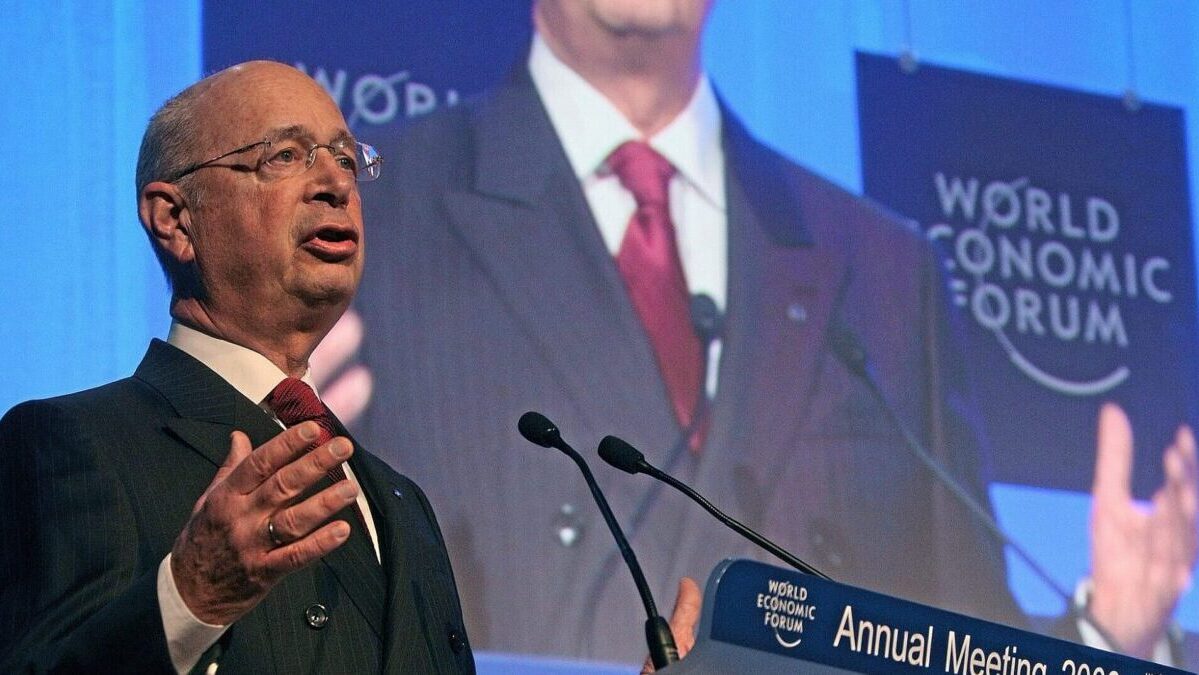The
firehose of falsehood is a
propaganda technique in which a large number of messages are broadcast rapidly, repetitively, and continuously over multiple channels (such as
news and
social media) without regard for truth or consistency. An outgrowth of
Soviet propaganda techniques, the firehose of falsehood is a contemporary model for
Russian propaganda under Russian President
Vladimir Putin.
[1]
The Russian government used the technique during its
offensive against Georgia in 2008, and continued to use it in
Russia's war with Ukraine, including its successful use in 2014 during the
annexation of Crimea,
[1] and attempting to use it during the
prelude to the 2022 invasion of Ukraine.
[2] The model has been adopted by other governments and political movements around the world, including by former U.S. President
Donald Trump.
[3][4][5][6][7]
Characteristics
The modern application of the technique is distinguished from the
Soviet propaganda techniques used during the
Cold War by the much larger number of messages and channels used in the internet age and the "shameless" approach to disseminating falsehoods and contradictory messages. The immediate aim is to entertain, confuse, and overwhelm the audience. The "firehose" takes advantage of modern technology, such as the Internet and social media, as well as recent changes in how people produce and consume news.
[1]
According to a 2016
RAND Corporation study, the firehose of falsehood model has four distinguishing factors: it (1) is high-volume and multichannel, (2) is rapid, continuous, and repetitive, (3) lacks a commitment to objective reality; and (4) lacks commitment to consistency.
[1] The high volume of messages, the use of multiple channels, and the use of
internet bots and fake accounts are effective because people are more likely to believe a story when it appears to have been reported by multiple sources.
[1] In addition to the recognizably-Russian news source,
RT, for example, Russia disseminates propaganda using dozens of proxy websites, whose connection to RT is "disguised or downplayed."
[8] People are also more likely to believe a story when they think many others believe it,
especially if those others belong to a group with which they identify. Thus, an army of trolls can influence a person's opinion by creating the false impression that a majority of that person's neighbors support a given view.
[1]
The Russian government's use of the technique had some success in getting people to believe and spread falsehoods and disbelieve truthful reporting. The approach's success flouts the conventional wisdom that communication is more persuasive when it is truthful, credible, and non-contradictory.
[1]
Although the firehosing technique takes advantage of modern technology, it is informed by the thinking of the Russian revolutionary
Vladimir Lenin, according to the literary critic
Michiko Kakutani.
[9] In 1907, before a party tribunal convened to examine his uncomradely accusations against fellow party members, Lenin admitted he could have characterised their actions with greater accuracy. He explained in his defence, however, that his heated language was "calculated not to convince, but to break up the ranks of the opponent, not to correct the mistake of the opponent, but to destroy him, to wipe his organization off the face of the earth."
[10] In his biography of Lenin, the historian
Victor Sebestyen described him as the "godfather" of "
post-truth politics."
[9]
Kakutani also cites
Vladislav Surkov, a Russian businessman and propagandist. Surkov helped engineer
Vladimir Putin's rise to power by sowing chaos and confusion and has suggested that the United States is also looking for a "strong hand" to lift it from increasing chaos.
[9]
Campaigns
The Russian government has used the "firehose of falsehood" at least as early as its
offensive against Georgia in 2008.
[1] The Russian government has continued to use this propaganda technique as part of its disinformation campaigns targeting the "near abroad"
post-Soviet states,
[1] including
Ukraine,
[1] and the three
Baltic states of
Lithuania,
Latvia, and
Estonia,
[11] as well as the United States (including as part of its
interference in the 2016 United States elections) and
Western Europe.
[11][9]
Russia also deployed the technique as part of
its involvement in the Syrian civil war.
[1] For example, in November 2017, Russian state media published a number of stories claiming that coalition forces were purposely allowing
Islamic State fighters to escape from
Abu Kamal, Syria. The stories included a so-called "satellite image", which was later found to be a screen capture from a video game.
[12] In 2019, according to the science writer
William J. Broad of
The New York Times, Russia, working through its state propaganda network
RT America, began a "firehose of falsehood" campaign to
convince Americans that 5G phones were a health hazard, even as Putin was ordering the launch of 5G networks in Russia.
[13]
According to the author and former military intelligence officer
John Loftus, Iran has been using similar methods to incite hatred against Saudi Arabia, the United States, and Israel. He claims that some fake news that is attributed to Russia was actually planted in the Western press by Iran.
[14]
During Indonesia's 2019 presidential race, the incumbent,
Joko Widodo, accused
Prabowo Subianto's campaign team of disseminating hateful propaganda aided by foreign consultants and cited "Russian propaganda" and the "firehose of falsehood" model.
[15]
According to the
Mother Jones, editor
Monika Bauerlein, the firehose technique is increasingly being used against the press by American politicians. She warns readers to expect an increase in the use of several related tactics: the lawsuit threat, the "
fake news" denial, and the
ad hominem attack.
[16] Deepfake video also poses a serious threat, according to the Belgian journalist
Tom Van de Weghe [
nl], who warns that "we've only seen the beginning of fake news."
[17]
The firehosing technique has been successfully used by the
anti-vaccine movement to spread debunked theories about the supposed dangers of vaccination.
[18]

thefederalist.com